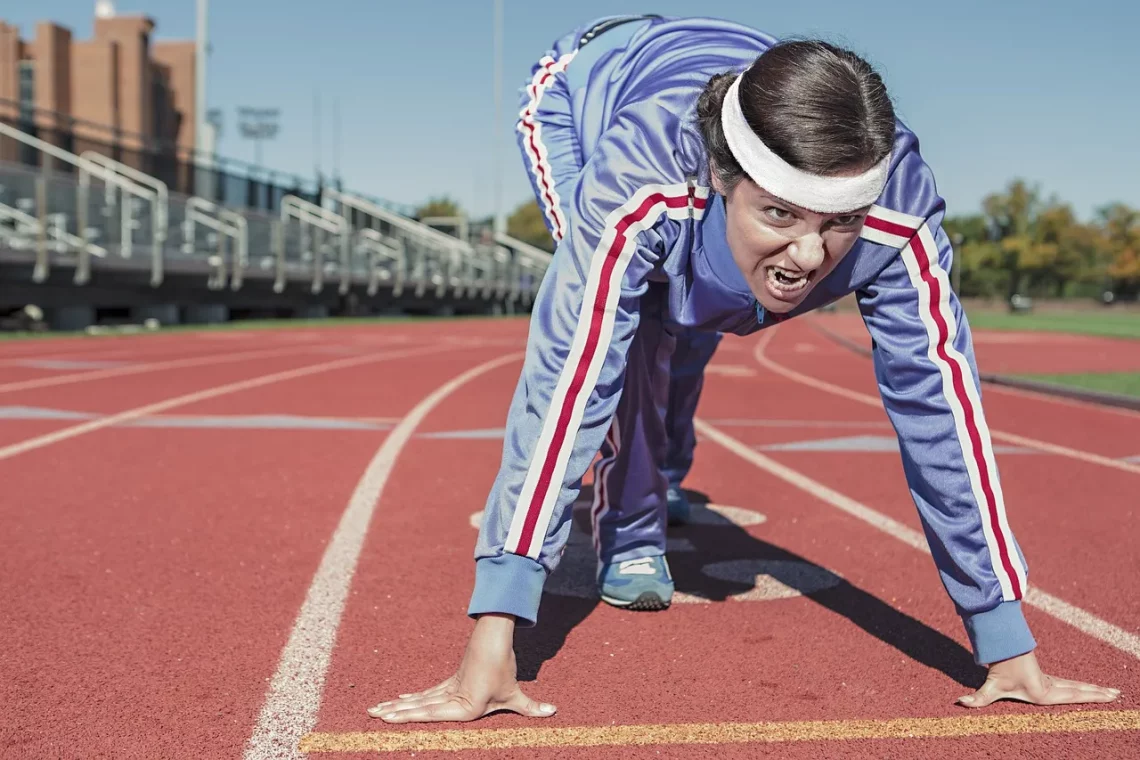
The Ultimate Guide to Female Sports Headbands for Active Women
Engaging in sports and physical activities is not just about improving fitness; it’s also about feeling confident and comfortable while doing so. For many active women, headbands serve as both a functional accessory and a stylish statement piece. Whether you’re hitting the gym, going for a run, or participating in a yoga class, the right headband can make a significant difference in your performance and overall experience.
Headbands have evolved from simple fabric strips to a wide variety of designs, materials, and technologies that cater to different sports and personal styles. They help keep hair in place, absorb sweat, and can even provide warmth during colder weather. With so many options available, it’s essential for women to choose the right headband that not only matches their athletic wear but also meets their specific needs. As fitness continues to be an integral part of many women’s lives, understanding the various types of headbands and finding the perfect one can enhance both performance and enjoyment.
This guide will explore the different styles, materials, and features of female sports headbands, helping you make an informed decision when selecting the ideal accessory for your active lifestyle.
Types of Sports Headbands
When it comes to sports headbands, there are several types designed for various activities and preferences. Understanding these types can help you find the perfect headband to suit your needs.
One of the most common types is the elastic headband, which is popular for its versatility. These headbands are typically made from a blend of materials like spandex and polyester, providing a snug fit that keeps hair in place during intense workouts. Their lightweight nature makes them ideal for a variety of sports, from running to cycling. Many brands also offer non-slip options that feature silicone grips to prevent the headband from sliding during movement.
Another popular option is the moisture-wicking headband. These are specifically designed to absorb sweat and keep your forehead dry, making them perfect for high-intensity workouts or hot weather. Moisture-wicking headbands are often made from specialized fabrics that allow for breathability and quick drying, ensuring that you stay comfortable no matter how strenuous your exercise routine may be.
For those participating in outdoor activities, thermal headbands offer extra protection against the elements. These headbands are typically thicker and lined with fleece or other insulating materials, providing warmth during colder months. They are especially beneficial for activities like skiing, snowboarding, or even winter running, where exposure to cold weather can be a concern.
Lastly, fashion-forward headbands are becoming increasingly popular among active women. These headbands often feature unique patterns, colors, and embellishments, allowing wearers to express their personal style while staying functional. Many brands now offer a combination of fashion and function, making it easy to find a headband that looks good and performs well.
Understanding the different types of sports headbands available can help you select the one that best fits your needs and preferences, enhancing both your performance and style during your workouts.
Materials Matter: Choosing the Right Fabric
The material of a sports headband plays a crucial role in its performance and comfort. Different fabrics offer various benefits, and knowing these can help you make a more informed choice.
One of the most popular materials used in headbands is polyester. This synthetic fabric is lightweight, durable, and resistant to shrinking and stretching. Polyester is also moisture-wicking, making it an excellent choice for active wear. It helps keep sweat away from the skin, promoting comfort during workouts. Many athletic brands utilize polyester blends to combine the benefits of different materials while ensuring a snug fit.
Another common fabric is nylon, which is known for its strength and elasticity. Nylon headbands often provide a snugger fit than their polyester counterparts and are also moisture-wicking. This makes them suitable for high-impact activities, as they can withstand more rigorous movements without losing their shape. Additionally, nylon is quick-drying, ensuring that you won’t be left with a soggy headband after an intense session.
Cotton is another fabric often found in headbands, particularly those designed for low-intensity activities or casual wear. While cotton is soft and comfortable, it does not wick moisture as effectively as synthetic materials. Therefore, it’s best suited for activities where sweating is minimal, such as yoga or leisurely walks. However, some cotton blends offer a better balance between comfort and moisture management.
Finally, headbands made from spandex or elastane provide excellent stretch and recovery, ensuring that the headband maintains its shape over time. These materials are often combined with other fabrics to enhance fit and comfort. When selecting a headband, consider the type of activity you’ll be doing and the climate in which you’ll be exercising. This will help you choose the right material that meets your needs.
Features to Look for in Sports Headbands
When shopping for female sports headbands, there are several features to consider that can enhance your experience and performance.
One essential feature is the width of the headband. Wider headbands generally provide more coverage and can help keep longer hair secure. They also tend to absorb more sweat, making them suitable for intense workouts. Conversely, narrower headbands are often more stylish and can be more comfortable for casual wear or lighter activities. Consider your hairstyle and the intensity of your workouts when choosing headband width.
Another important feature is adjustability. Some headbands come with adjustable straps or ties, allowing you to customize the fit to your preference. This can be particularly beneficial for women with different head sizes or those who prefer a tighter or looser fit during workouts. A properly fitted headband can prevent distractions and ensure that it stays in place throughout your activity.
Non-slip technology is another feature worth looking for. Many brands incorporate silicone grips or textured materials on the inner side of their headbands to prevent them from sliding down during exercise. This is especially useful for high-impact sports, where constant movement can cause standard headbands to shift or fall off.
Lastly, consider the style and design of the headband. With a wide range of colors, patterns, and designs available, you can easily find a headband that complements your workout attire and expresses your personality. Whether you prefer bold prints or subtle hues, there’s a headband out there that will make you feel confident and stylish while you stay active.
By keeping these features in mind, you can select a sports headband that not only meets your functional needs but also enhances your overall workout experience.
Styling Your Headband with Active Wear
Incorporating headbands into your activewear can elevate your fitness look while providing the functionality you need. The right headband can complement your outfit and enhance your overall confidence while working out.
Start by matching your headband with your workout attire. If you have a colorful outfit, consider choosing a headband in a solid color that echoes one of the shades in your clothing. This creates a cohesive look without overwhelming the eye. Conversely, if your workout gear is more subdued, a patterned or brightly colored headband can serve as an eye-catching accessory that adds a pop of interest.
Layering is another stylish option. For cooler weather, consider wearing a headband over a sleek ponytail or bun, allowing the headband to peek out from under your beanie or hoodie. This not only keeps you warm but also maintains a put-together look even during outdoor workouts.
For yoga or low-impact activities, consider using a thinner, fashion-forward headband that can be worn across the forehead. This style not only keeps hair out of your face but also adds an air of sophistication to your yoga ensemble.
Lastly, don’t shy away from mixing and matching different styles of headbands with your outfits. Experimenting with various textures and colors can help you discover a unique style that reflects your personality. By thoughtfully choosing how to style your headband, you can create a signature look that keeps you feeling motivated and ready to conquer your workouts.
In conclusion, sports headbands are much more than simple accessories; they are essential pieces of gear for active women. Choosing the right type, material, and style can enhance your workout experience and boost your confidence. Remember, when it comes to your health and fitness, comfort and style can go hand in hand.
**Disclaimer:** This article is for informational purposes only and does not constitute medical advice. For any health-related issues, please consult a healthcare professional.




